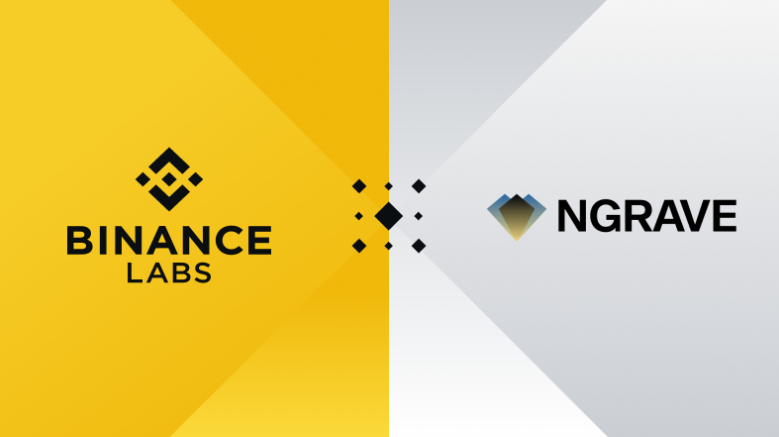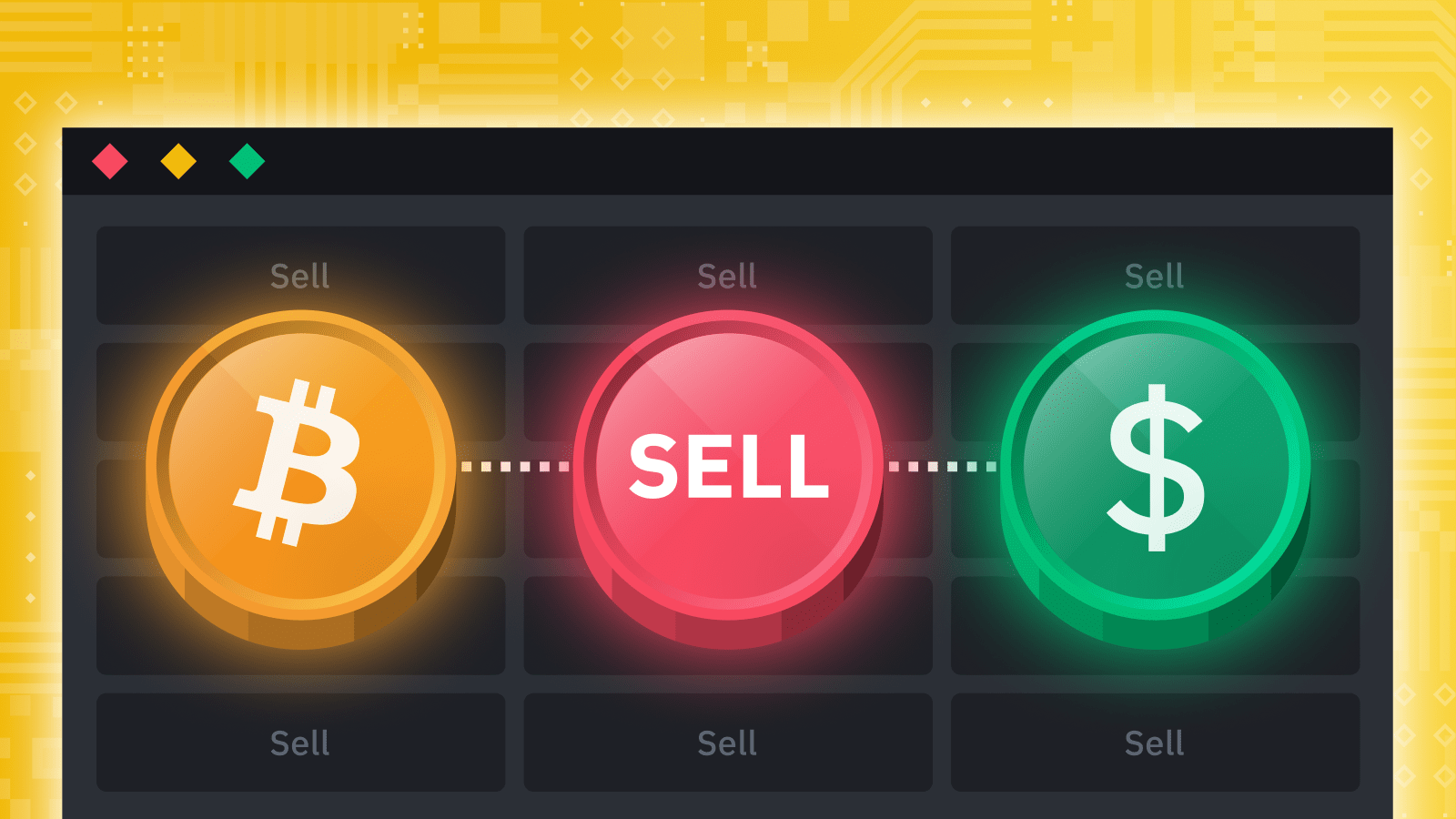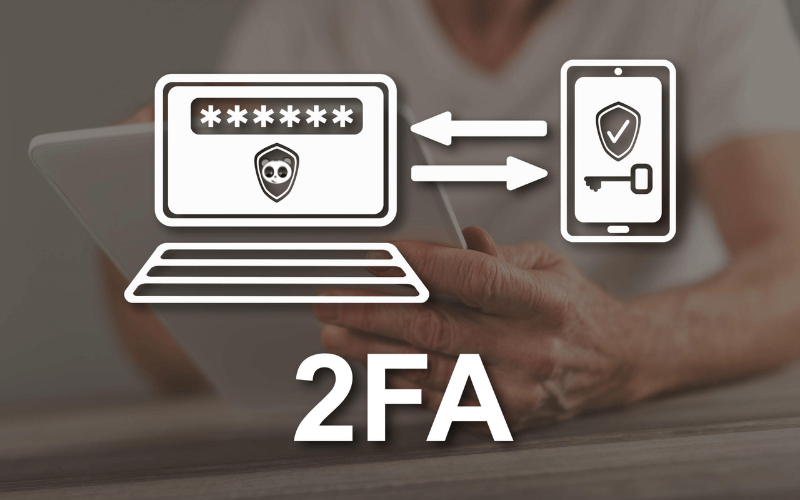Binance has amassed a total of $1 billion in insurance funds to compensate floor users in the event of a hacking incident.

According to a statement posted on Jan. 31, binance, the world’s largest cryptocurrency exchange, said it had raised the value of safu insurance funds to $1 billion. Dedit the Secure Asset Fund for Users (SAFU) is an insurance fund established by Binance in July 2018 as a measure of user protection. Since then, Binance has extracted 10% of its revenue from exchange fees to increase the funds for SAFU, in the form of BTC, BNB and BUSD currencies. Therefore, the value of the fund’s USD is likely to change depending on the fluctuations of these currencies. According to a statement posted on Jan. 31, binance, the world’s largest cryptocurrency exchange, said it had raised the value of safu insurance funds to $1 billion. In addition, for operational transparency, Binance also announced two safu wallet addresses. Interested readers can see it here and here. In the coming time, the exchange will continue to monitor the size of the fund to ensure it is suitable for the needs of customers and market conditions. In the past, Binance was hacked once in May 2019, taking more than $40 million. The exchange then comprehensively overhauled the security system, as well as using the SAFU Fund to compensate 100% for users who suffered damages. However, in the past, there have been many allegations that Binance deliberately neglected the anti-money laundering work, which has been rejected by the exchange’s CEO. In recent months, cryptocurrency attacks have shown no signs of cooling down. Not only are hacked exchanges such as BitMart ($200 million), AscendEx ($78 million), Crypto.com ($33 million), DeFi platforms are increasingly becoming prey to hackers, as shown by attacks on Cream Finance ($117 million), Badger DAO ($120 million), Vulcan Forged ($145 million) and, most recently, QuBit Finance ($80 million). After being hacked in January 2022, Crypto.com also announced the strengthening of security layers on the floor and creating insurance funds for users, but with certain conditions.

















